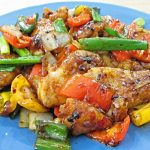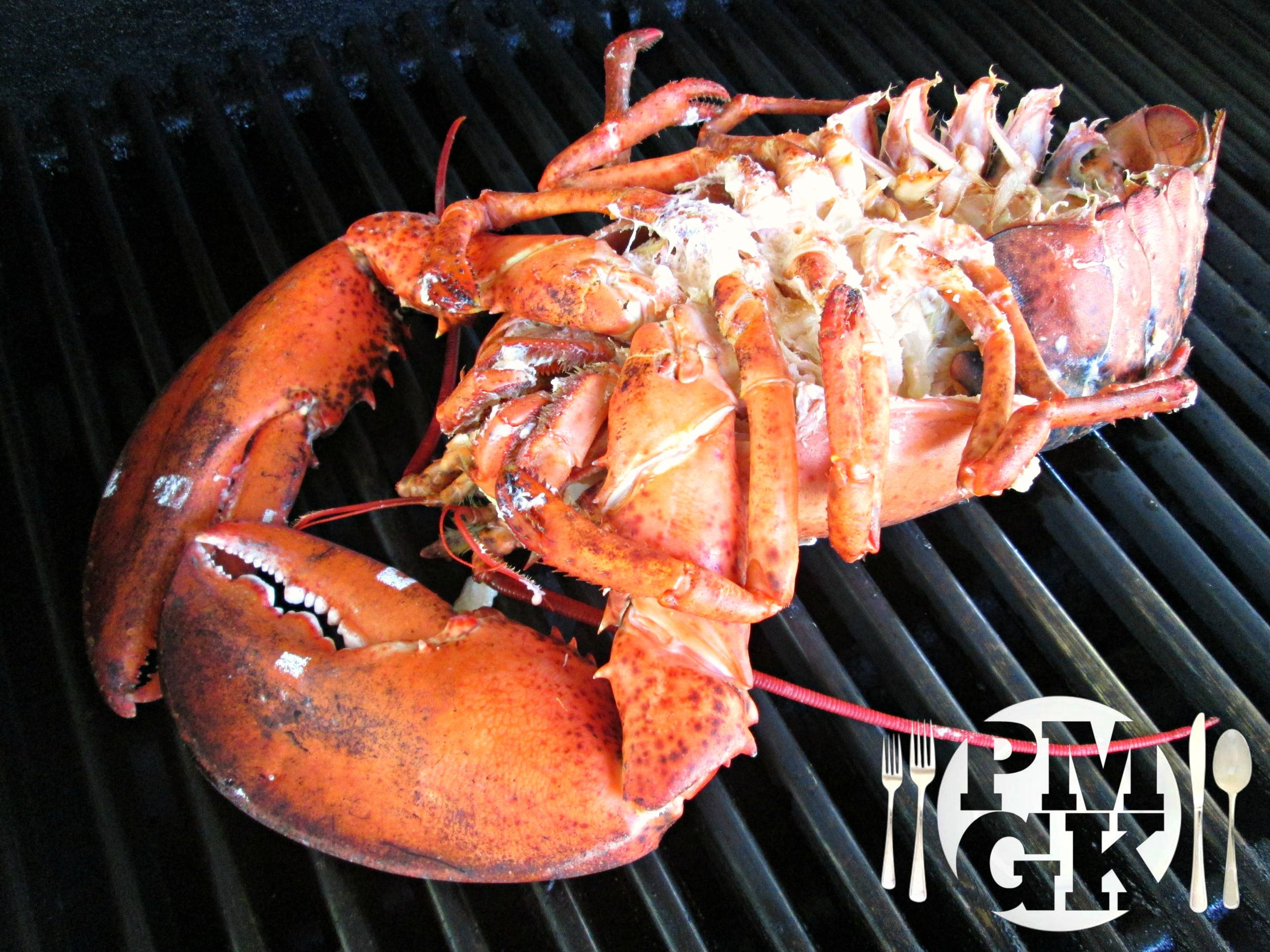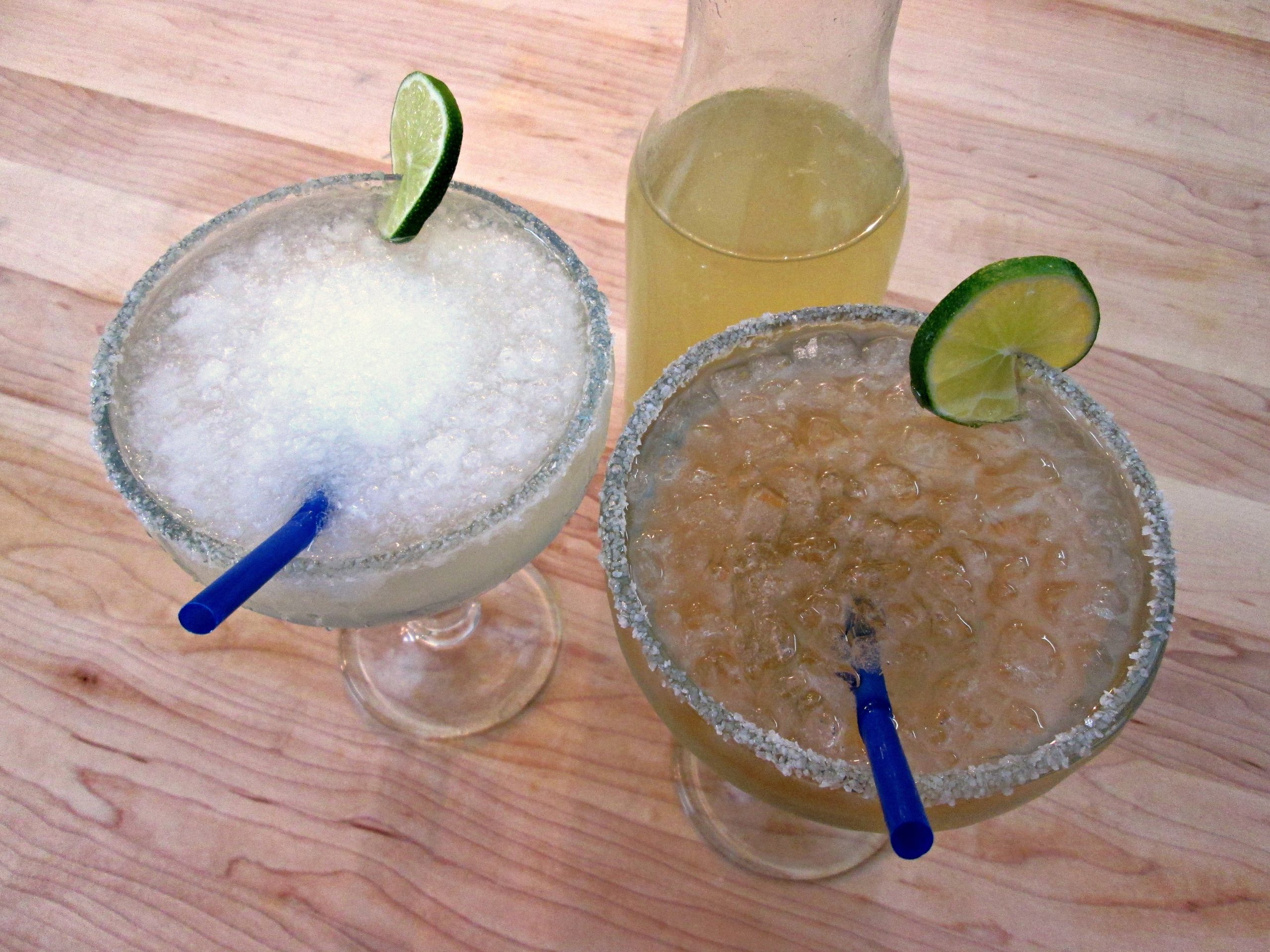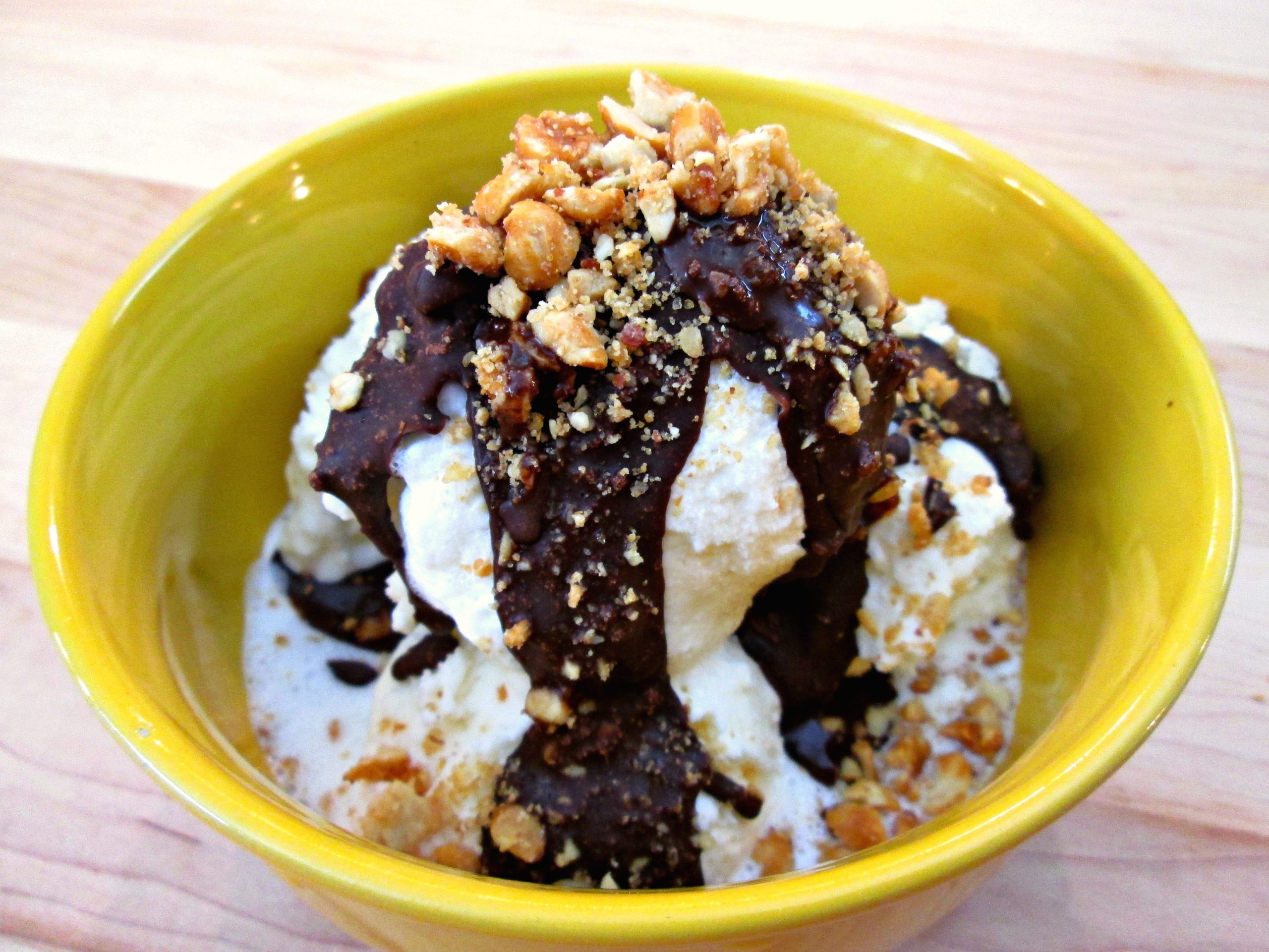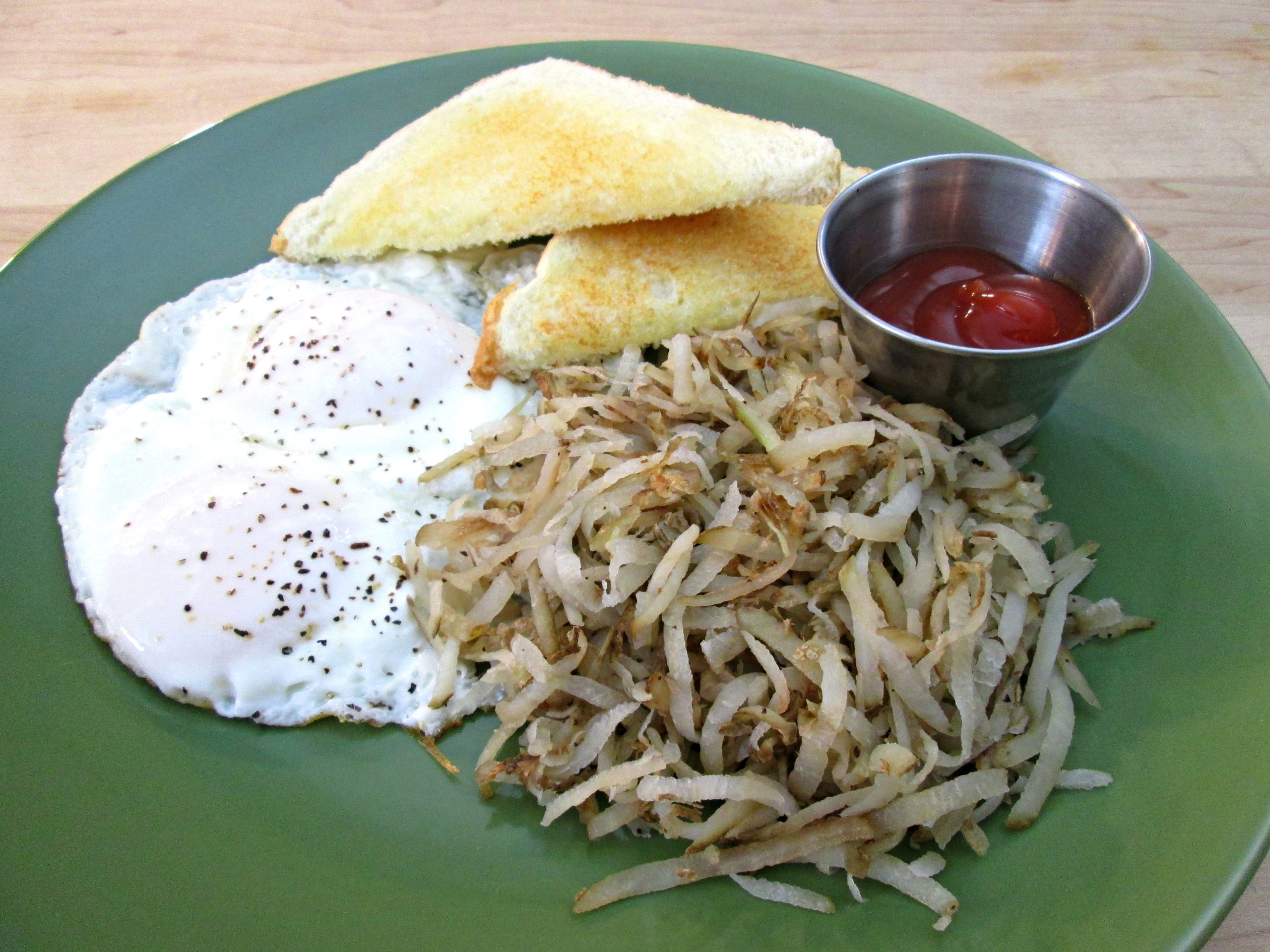
Shredded Hash Browns
I Love Shredded Hash Browns There are several different ways to cook Shredded Hash Browns and it all just depends on how you like to eat them. Restaurants serve them up differently everywhere you go. Some people like them flat and formed into a pancake like patty and others like them loose and fluffy. Personally…




